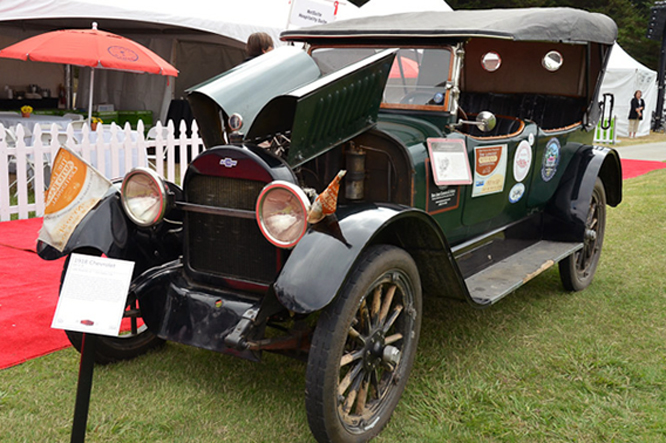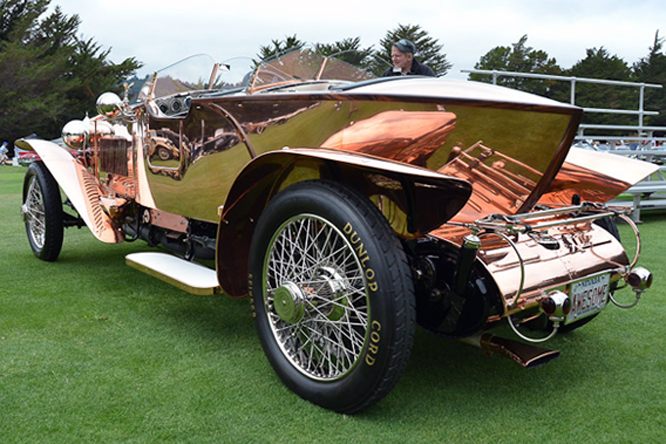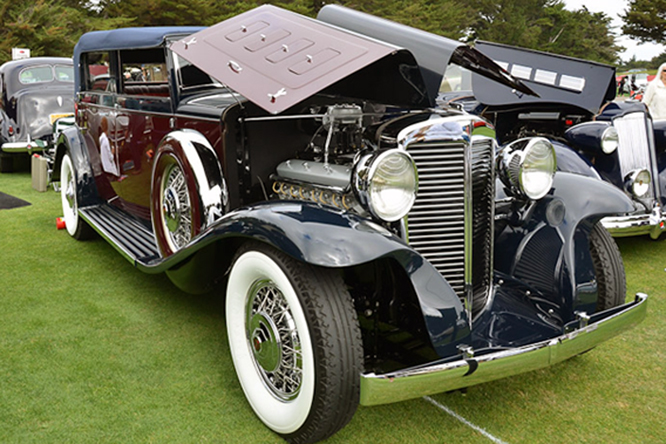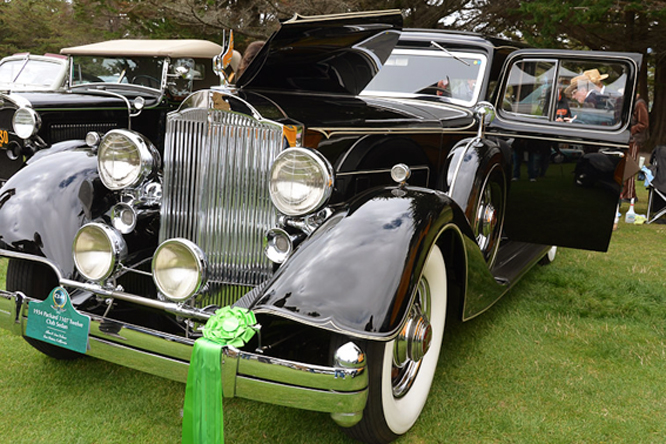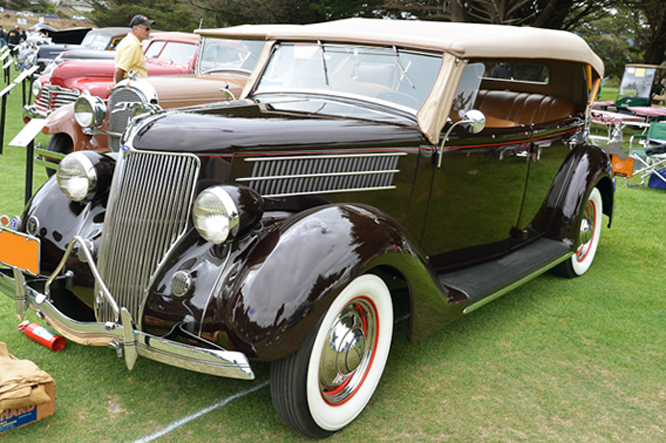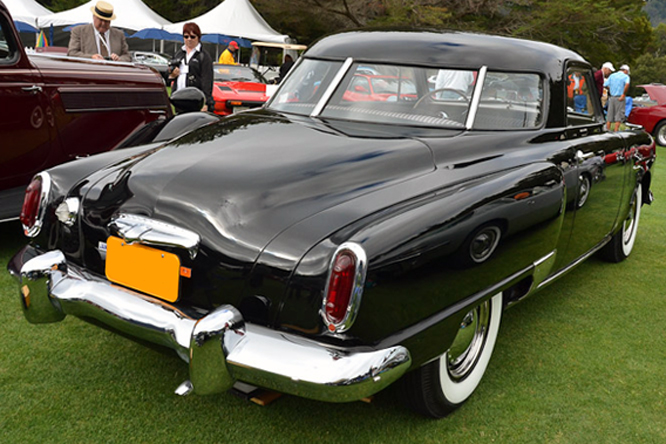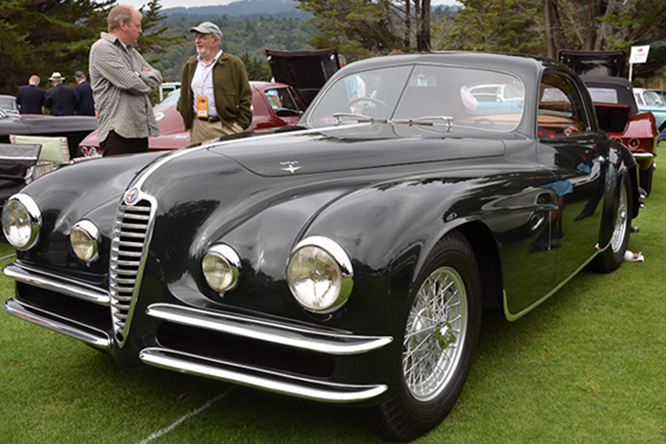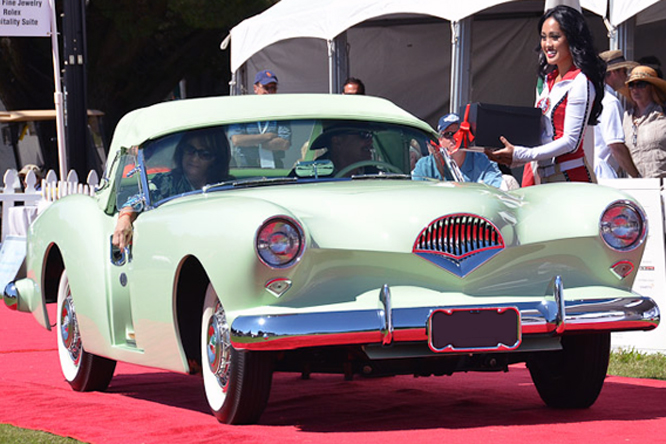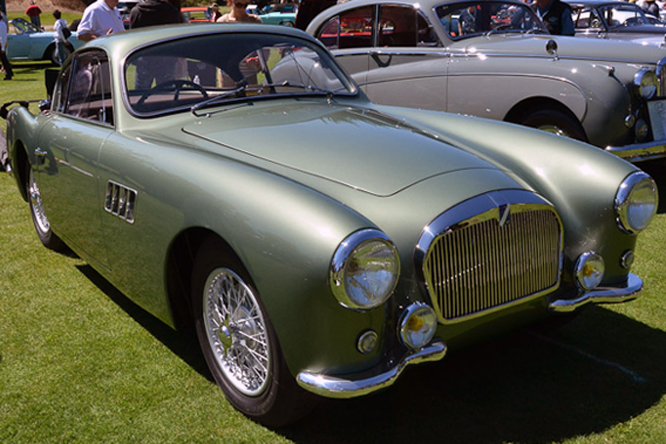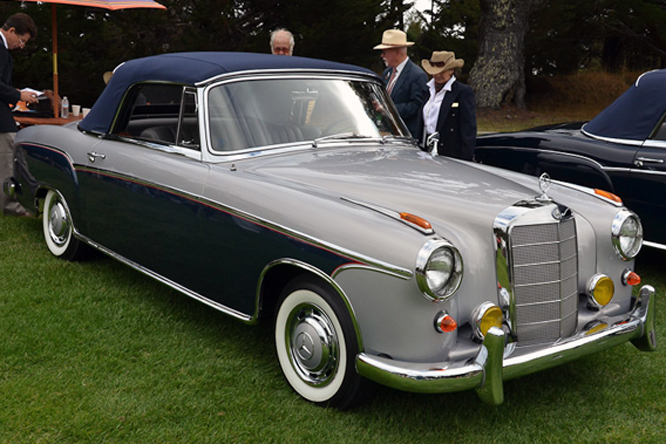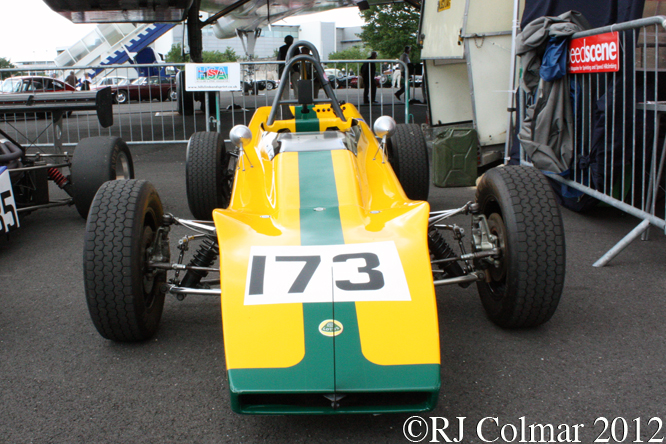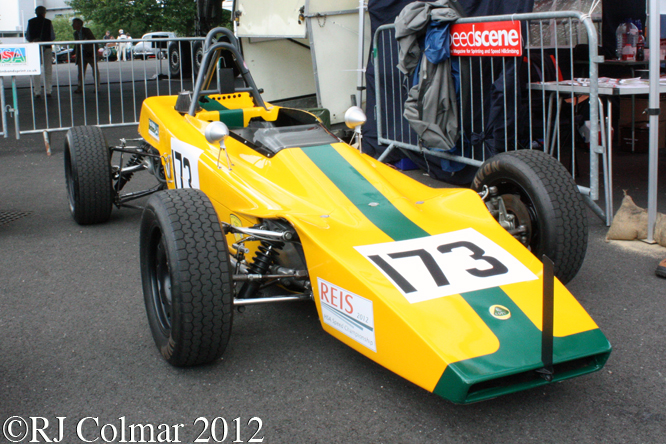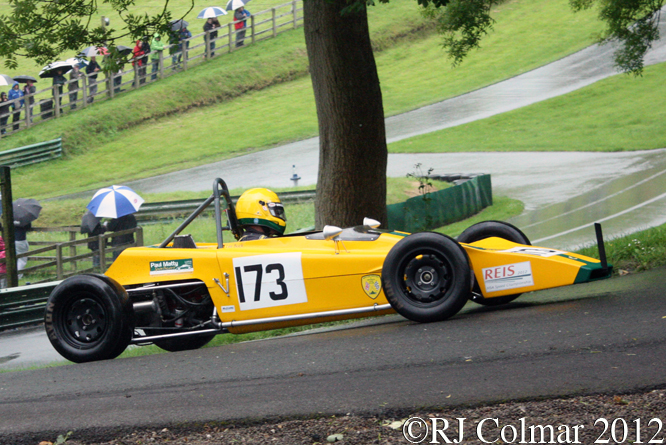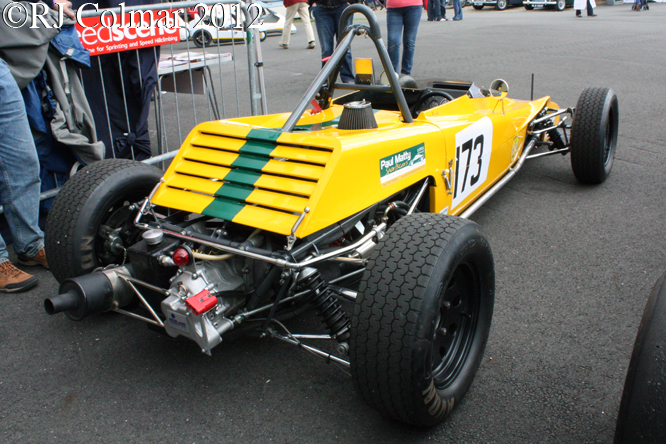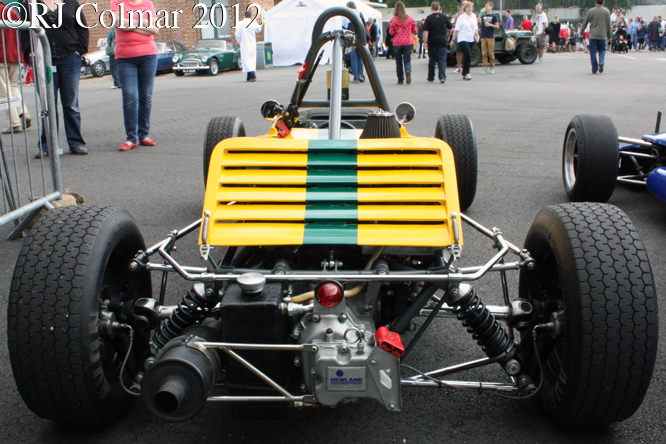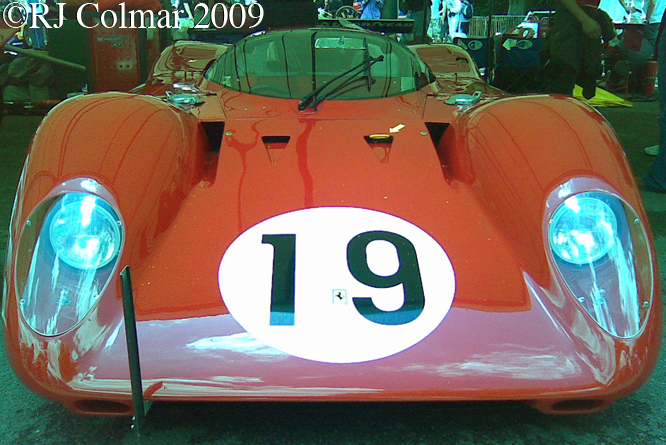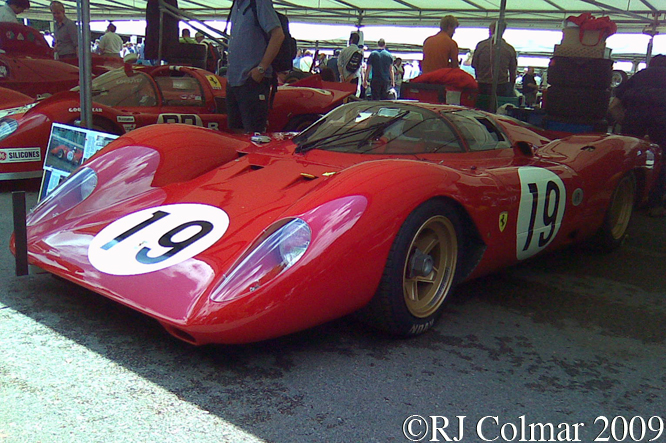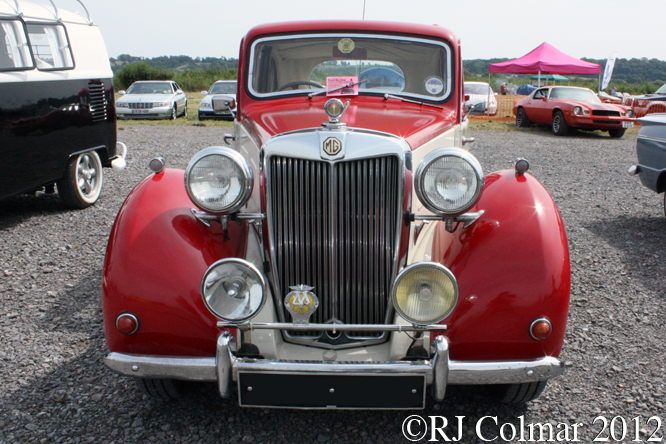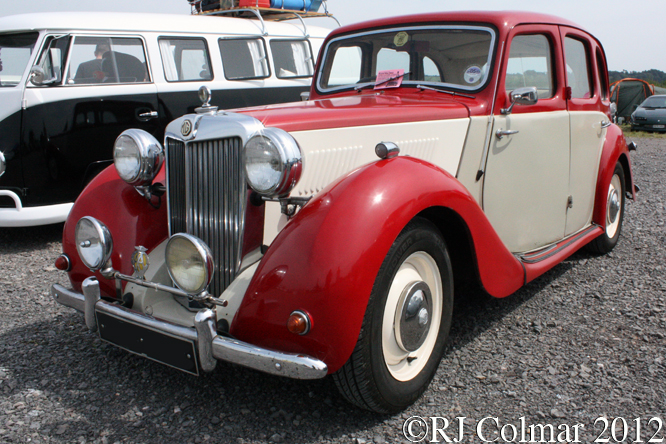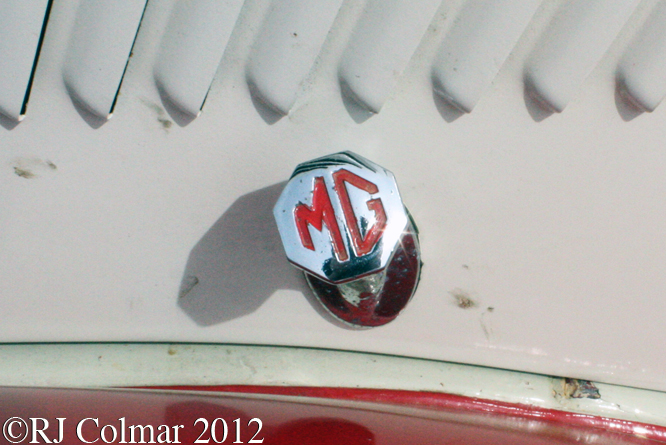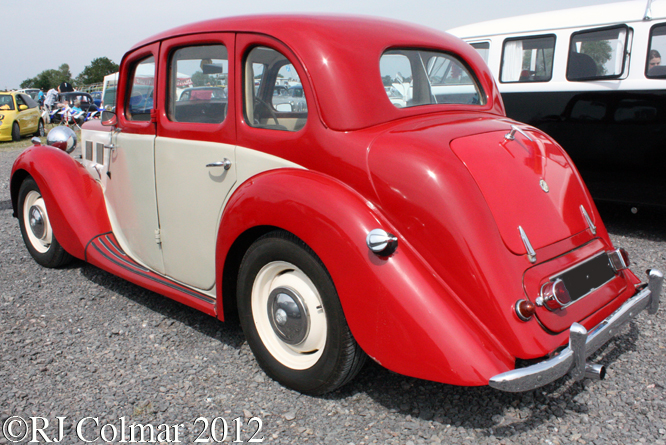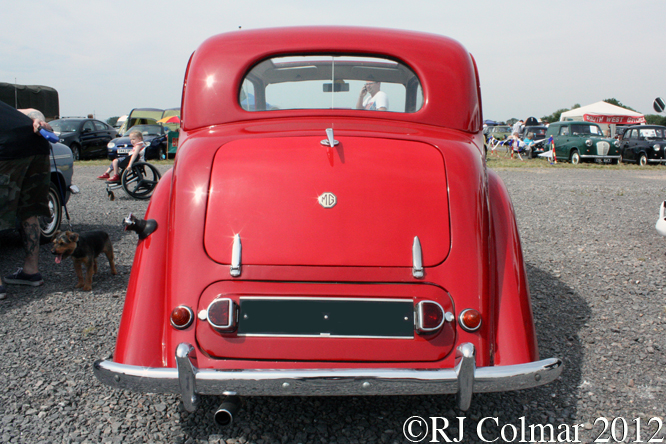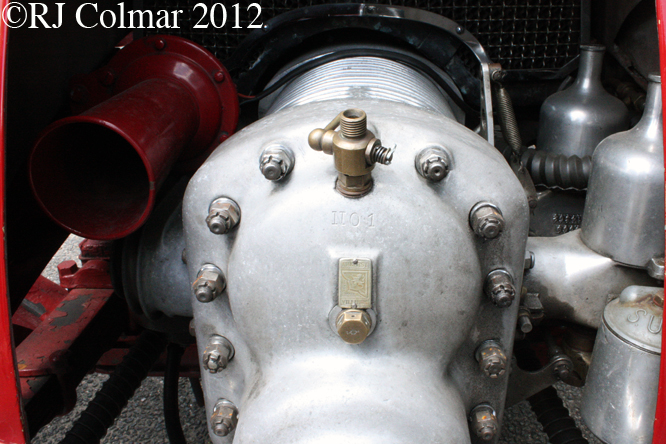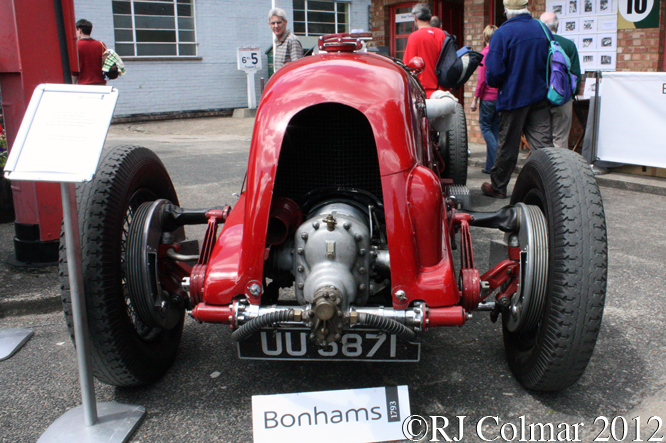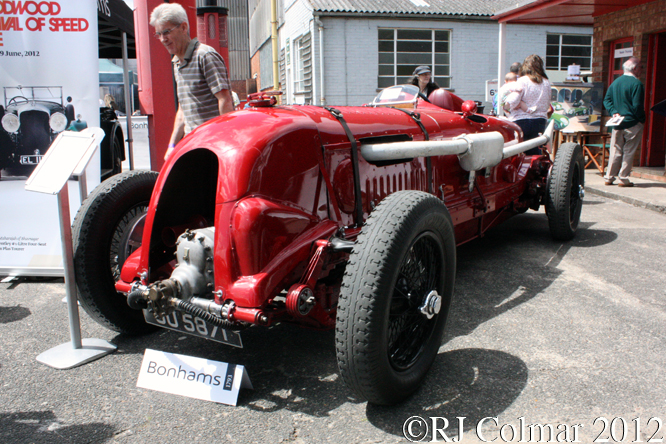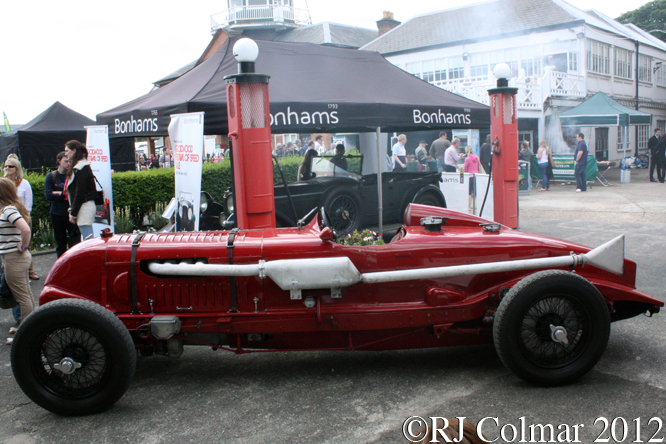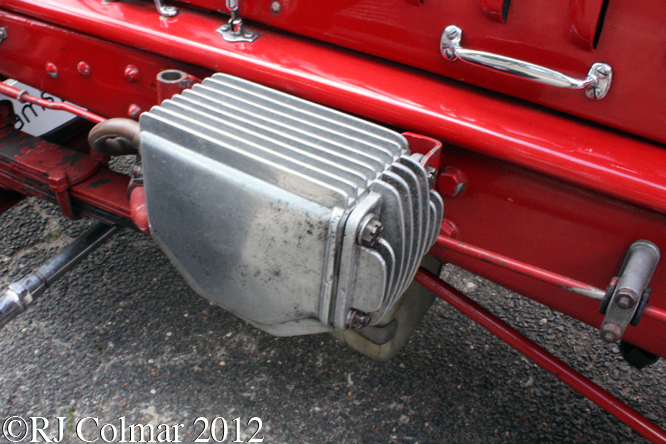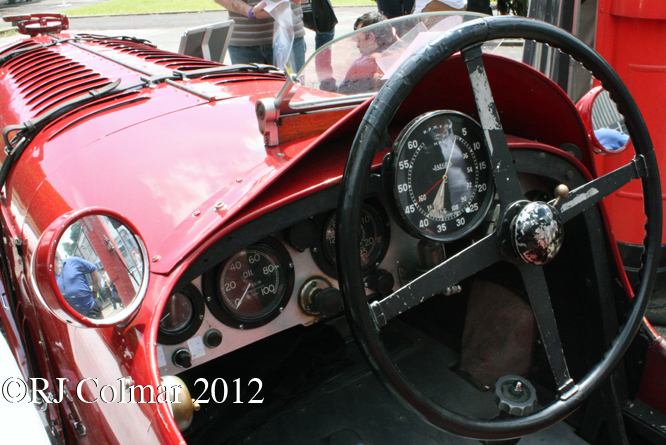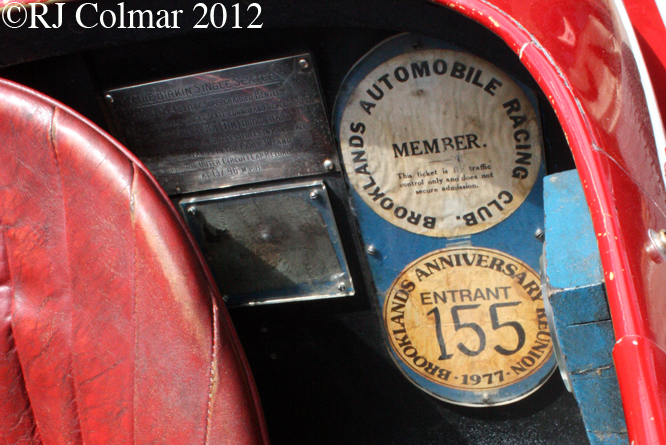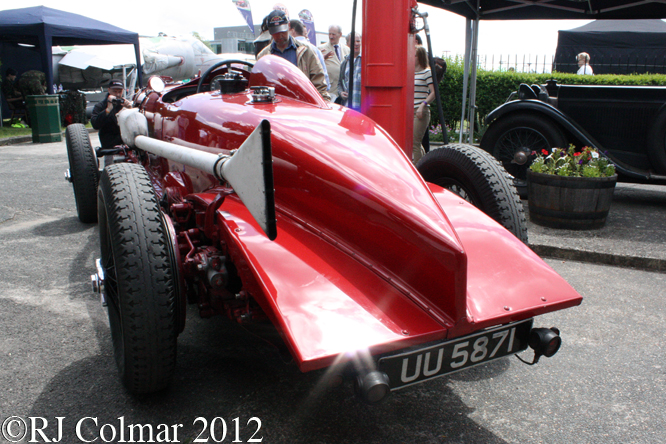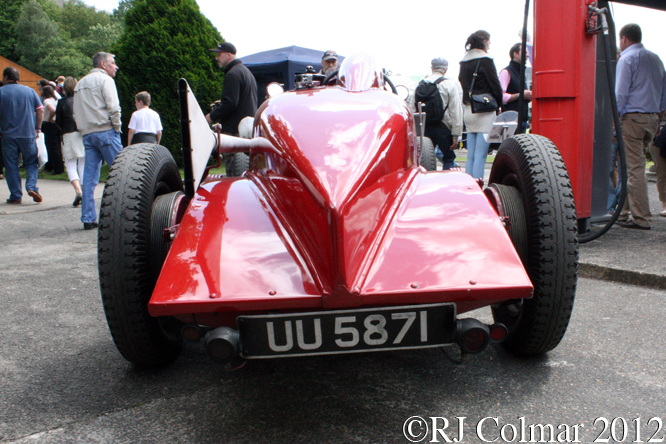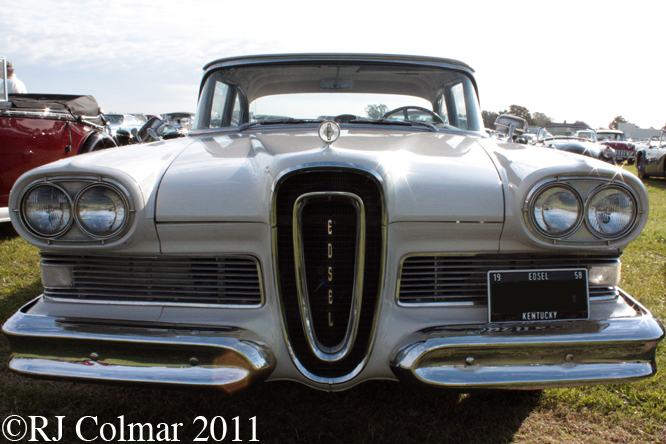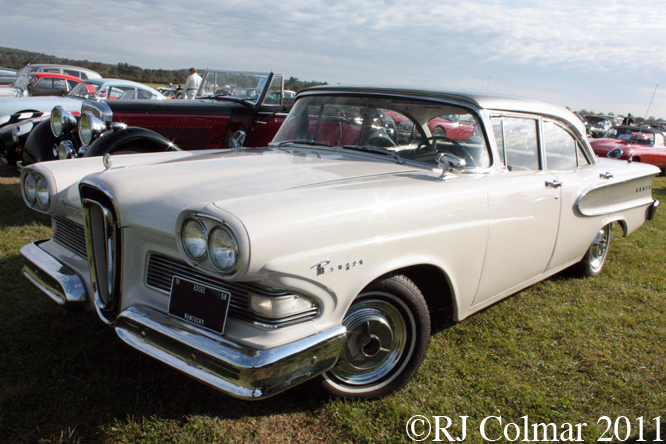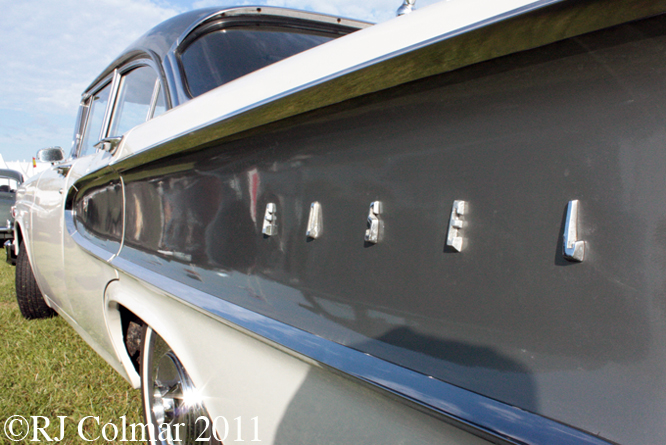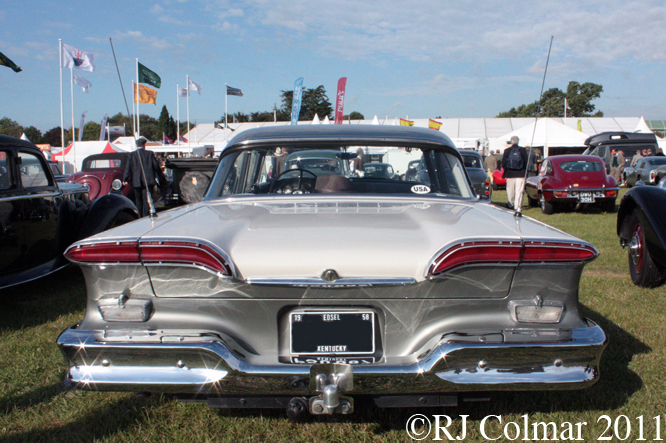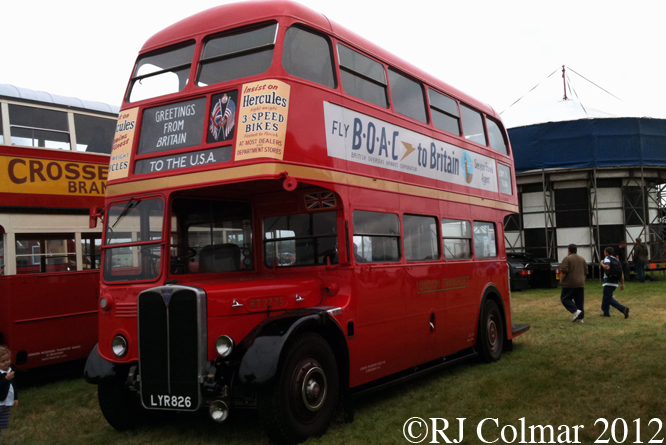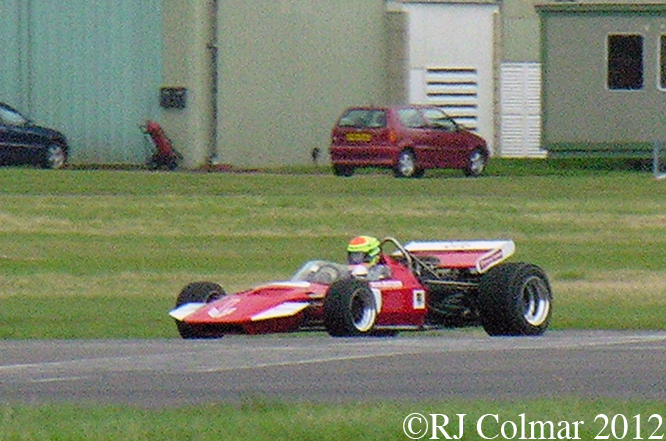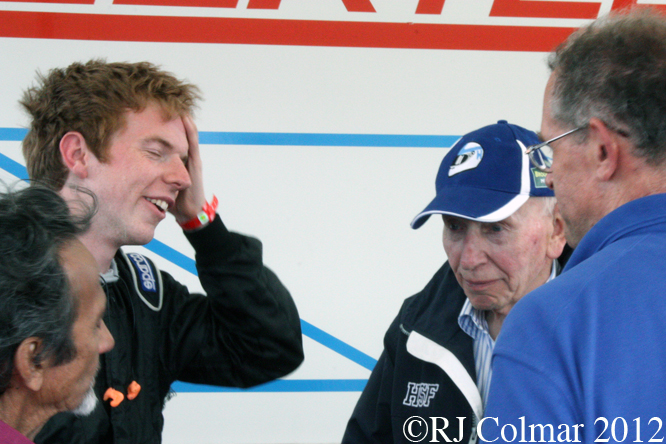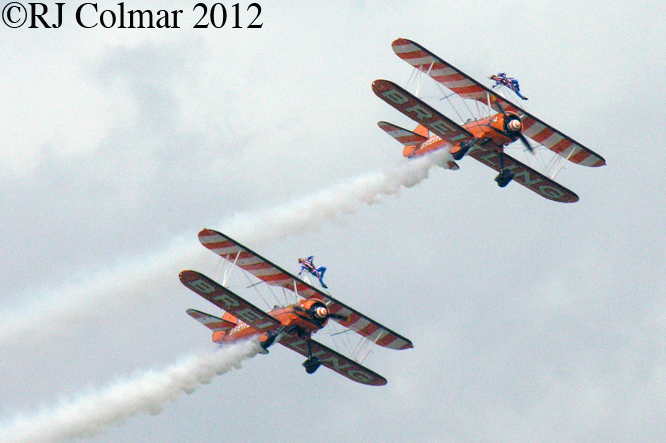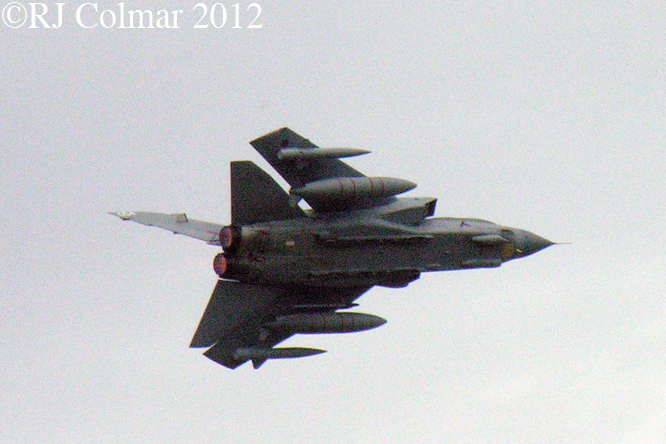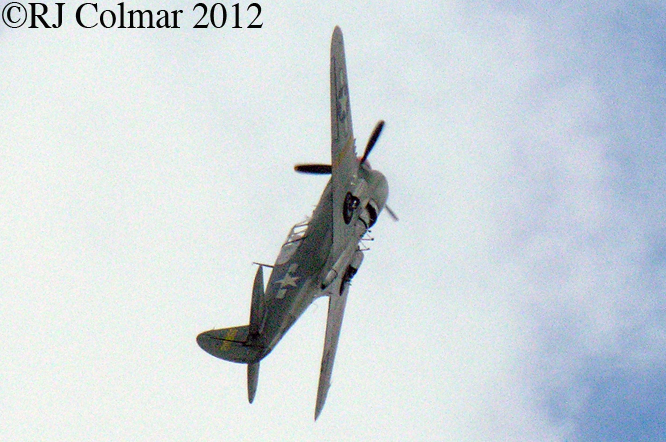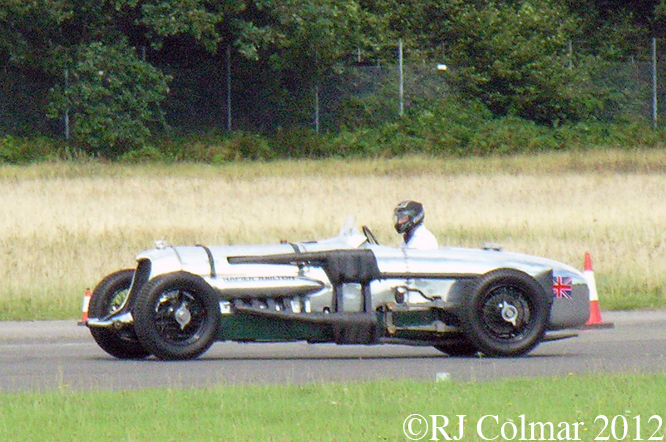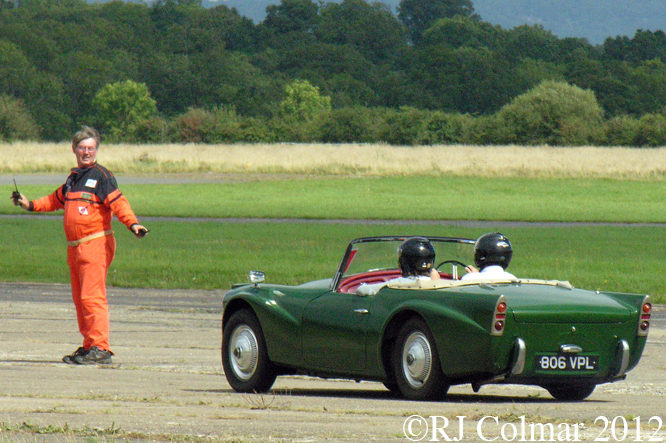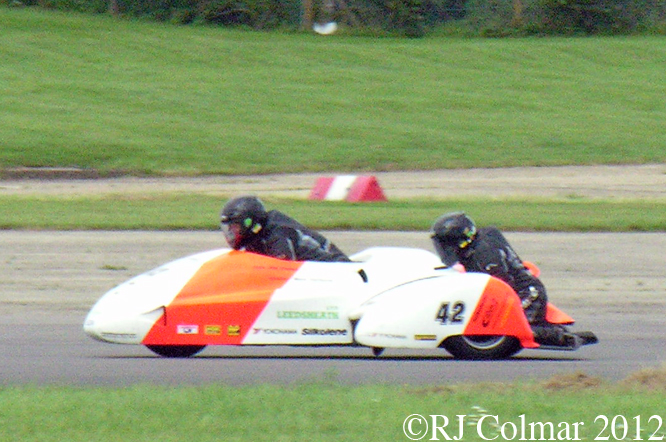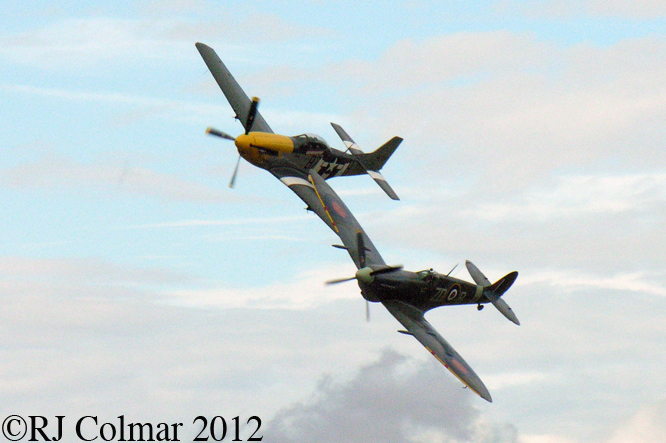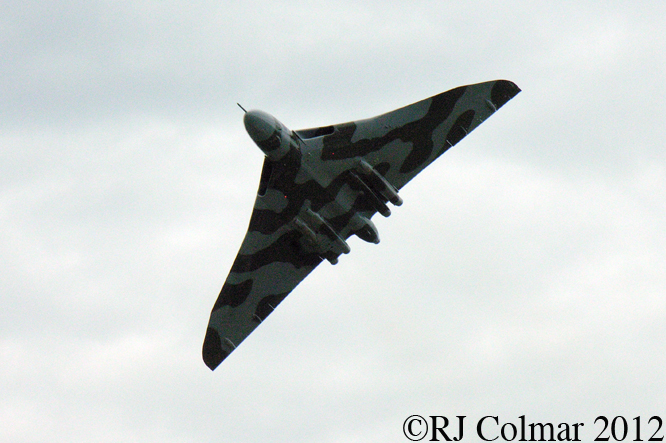Geoffrey Horton attended the Hillsborough Concours d’Elegance two weeks ago and kindly sent me another excellent selection of photographs to share.
Chevrolet’s first V8 was built for the Series D from 1917/18, it produced a modest, even by contemporary standards, 36 hp from it’s 4.7 litre 288 cui motor. Poor sales discouraged Chevrolet from returning to the V8 concept until 1955.
The National Automobile Museum in Reno NV is home to this 1921 Rolls Royce Silver Ghost with a unique copper sheet body by Brockman. Other features include wood trim from a single ebony tree trunk along with nickle and silver fittings.
The Marmon Sixteen was the first of the three automotive V16’s to be developed in 1927, unfortunately Marmon was in such desperate financial straights that two of it’s engineers went to Peerless and Cadillac to develop to more V16 designs and the Marmon was the last of the three to reach production in 1931. Only 400 of these 8 litre / 491 cui 45 degree V16 powered cars were built before the Great Depression brought an end to automobile production for the company.
This Concours winning 1934 Packard 12-1107 Club Sedan is even rarer than the Marmon 16 with just 51 built. Powered by a 160 hp side valve V12 the car is fitted with a radio that cost an additional $79.50 on top of the original $4,060 list price. In today’s money the radio would work out at around $800 !
Ford Phaeton’s powered by 85hp flathead V8’s were manufactured in 1935 and 1936 and featured hydraulically actuated brakes on all four wheels. The example seen here was built in 1936.
“First by far with a postwar car” was Studebaker with it’s Commander Starlight Coupé with aeroplane styling designed by Raymond Loewy. 4,383 of these cars were built in 1950 this one has a six tube radio.
ALFA Romeo did not start post war production until 1947, the 6C 2500 Super Sport Coupé was top of the range in 1950. Developed by Vittorio Jano and Wilfredo Ricart the 6C 2500 was the last Alfa Romeo to be built with a separate body and chassis. The bodywork on this model is by Touring of Turin. Note this particular car unusually features the driver sitting on the right.
Henry Kaiser used a fortune made producing ships for the Navy during the 1939/45 war to begin production of Kaiser cars. The chassis of the second Henry J model was used as the basis of this fibre glass bodied roadster by Howard ‘Dutch’ Darrin. 435 Kaiser Darrin’s, featuring doors that slide forward into the front wing / fender were manufactured in 1954.
I’m not sure of exactly which year this Talbot Lago was built, 54 T14 LS models were built with 4 cylinder Talbot motors in 1955 and subsequentley similar Talbot Laga America models were supplied with more reliable BMW V8 motors.
Priced to compete with the Caddilac Biaritz this 134 hp 1960 Mercedes Benz 220 SE Cabriolet has an interior covered almost entirely in leather. 1,112 of these Cabriolet’s were manufactured between 1958 and 1960.
Just six Shelby American Cobra Dragonsnakes were manufactured for drag racing. The second, chassis CSX 2357, seen here was driven by Jere Kirkpatrick to set NHRA A/Stock Sports records at Fremont, Riverside and Arlington. Jere also drove CSX 2357 to win the 1965 Winter Nationals in Phoenix.
Featuring a flat four boxer engine and front wheel drive the Lancia Flavia was maufactured from 1961 to 1970. The bodywork for the 1965 Coupé seen here was designed by Pininfarina.
Thanks for joining me on this “Awesome Copper” edition of “Gettin’ a li’l psycho on tyres” I hope you will join me again tomorrow when I’ll be revisiting the Haynes International Motor Museum. Don’t forget to come back now !

